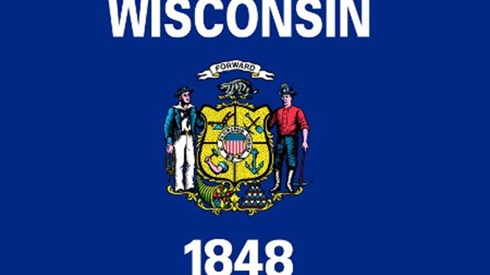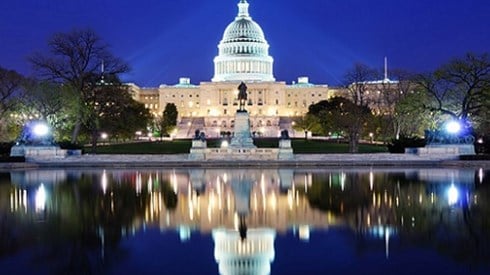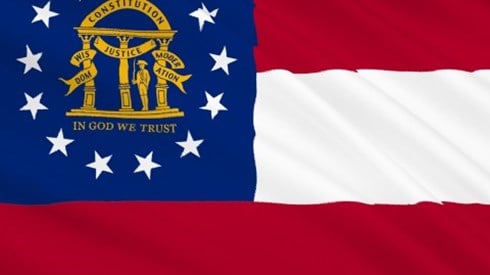Risk Retention Groups: An Important Segment of the Captive Industry

October 03, 2018

If there is one type of captive insurance company that is not well known or fully understood, it is a risk retention group (RRG).
That is understandable, as RRGs comprise only 3 percent of the roughly 7,000 captive insurers now operating. But the relatively small number of RRGs hides the importance of this segment of the captive insurance industry.
Many RRGs are a vital source of coverage for hundreds—even thousands—of their policyholder-owners. For example, Attorneys' Liability Assurance Society Inc., a risk retention group licensed in Vermont, provides coverage to 62,000 lawyers and projects its premium volume this year will top $350 million.
Other RRGs also report significant growth. United Educators Insurance, a reciprocal risk retention group domiciled in Vermont, has seen its premium volume rise eight-fold to $200 million in the last 20 years. That growth, its top executives say, has been driven by stability of premium rates and the depth of its risk management services.
To boost understanding of RRGs, a discussion on the ins and outs of RRGs was recently held by a panel of experts at the 2018 North Carolina Captive Insurance Association annual conference, held August 20–22 in Charlotte. Experts discussing RRGs were Kevin Doherty, a member of the law firm Dickinson Wright PLLC and president of the Tennessee Captive Insurance Association; Mike Meehan, a consultant with Milliman Inc.; and Anne Marie Towle, executive vice president and captive consulting practice leader of JLT Insurance Management.
The graphic "Why Are Captives Formed?" is reproduced with permission of the North Carolina Captive Insurance Association.
The origins of RRGs go back to the late 1970s when a federal task force was formed to examine the problem of soaring product liability insurance rates.
The task force, in a report to Congress, attributed part of the problem to panic pricing by commercial insurers. Federal lawmakers responded to that report by passing legislation in 1981 to make it easier for employers to band together to form their own insurance companies to be known as risk retention groups.
Specifically, RRGs, after meeting the licensing requirements of one state, can provide coverage to members-owners in any state.
That meant RRGs, unlike other captives, did not have to go to commercial insurers—known as fronts—to write policies for policyholders in states in which the RRG was not licensed. That saved time and money for RRGs, as well as ensuring that an outside party—a fronting insurer—would not be needed to write policies.
"With a risk retention group you've got the highest control because you don't need anybody else to operate," Mr. Doherty says.
And, in another big positive, if RRGs were profitable, they could pay dividends to their policyholders, a financial benefit that policyholders would not get if they bought coverage in the traditional market.
Congress, though, attached, a big condition for RRGs: they could only write product liability and completed operations coverage for their member-owners.
Not surprisingly, given that big limitation in the coverages RRGs could provide, only a handful of RRGs were set up in the first few years after the passage of the 1981 legislation.
That changed in 1986. With rates soaring for a wide range of coverages in the commercial market, Congress expanded the 1981 law to allow RRGs to write all commercial casualty coverages—except workers compensation—for member-owners.
With that expansion of coverages they could provide, employer interest in RRGs soared. Dozens of RRGs were formed in the years following the passage of the 1986 expansion.
Indeed, according to the Risk Retention Reporter, a monthly newsletter, 221 RRGs are currently operating as of August, of which just over 40 percent are licensed in Vermont, which is the largest captive domicile in the United States. It is widely expected that the number of RRGs will grow significantly if and when the traditional market hardens.
Forming an RRG, Mr. Doherty notes, offers "some significant advantages."
After meeting the licensing requirements of a US state or the District of Columbia, RRGs can provide coverage to policyholders throughout the United States. That means RRGs don't have to meet the varying requirements, such as capitalization amounts, in every state they operate.
To be sure, RRGs do face certain reporting requirements outside of the state in which they are licensed. For example, an RRG is required to submit feasibility studies and an annual financial statement in each state in which it plans to do business.
While RRGs are spread throughout a wide range of industries, Mr. Doherty notes that they are especially popular in the transportation industry and medical industry.
And the breadth of coverages RRGs can offer policyholders could be expanded again. Legislation, H.R. 6282, introduced in the House of Representatives in early 2018, would allow RRGs owned by nonprofit organizations with tax-exempt status and operating for at least 10 years to write property coverage for their members.
"This bill would make it easier, more efficient, and less expensive for nonprofits to satisfy their property and auto physical damage needs, allowing more public dollars to be spent on direct community services," according to bill sponsor Rep. Mia Love, R-Utah.
October 03, 2018








